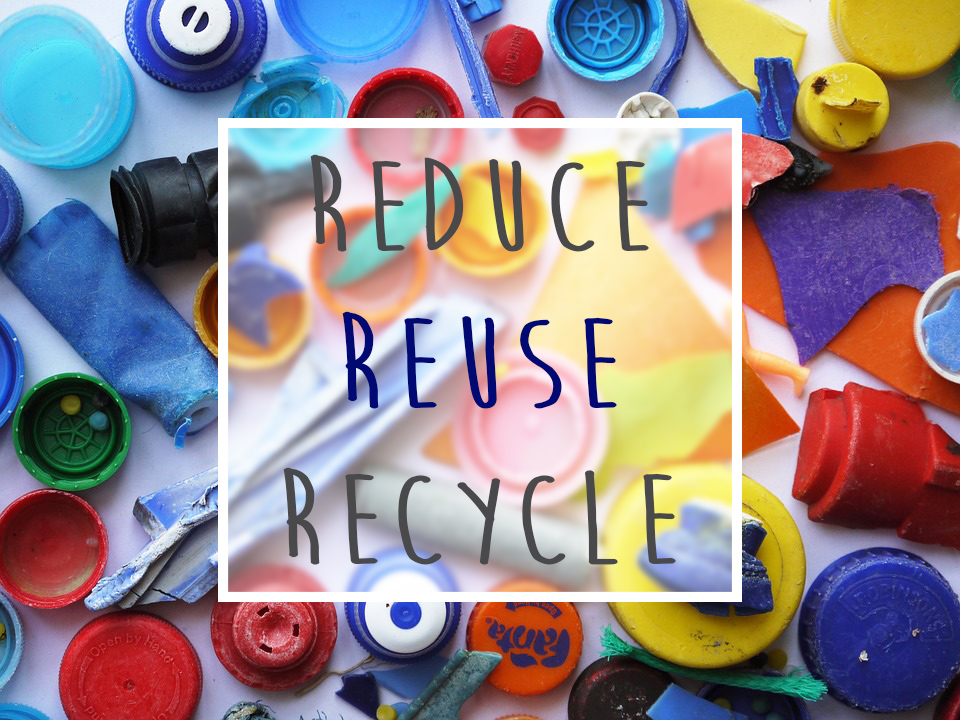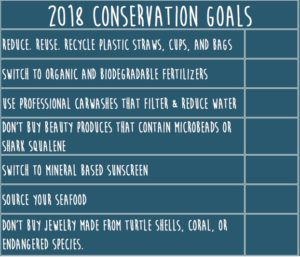There are many reasons to be passionate about ocean conservation and the environment. We should be working to save our oceans as if we were working to save our lives. Essentially that is what we’re doing! The plankton in the ocean produces about 50%-85% of the world’s oxygen. And the ocean also is the largest absorber of C02 in the atmosphere.
Some of the biggest contributors to the decline in our ocean health is plastic waste, which often breaks down into smaller pieces, being digested and tangling up with marine wildlife and killing them. Our carbon footprint is also raising the acidity of the ocean, further killing off life where it cannot adapt fast enough to the changing environment. Overfishing in some areas is also destroying populations to a point where populations can’t regain their numbers, throwing off the balance of the eco-system, and are creating oxygen dead zones in the ocean, where some forms of life can’t exist at all!
This all seems pretty overwhelming, but there is something we can do in our daily lives that can make an impact. It may seem silly, that one person can’t possibly save the ocean. But all of us working towards a common goal, inspiring our family, neighbors, co-workers, and community to do so will make a huge impact over time that will benefit future generations so that they have a world to share. So add these challenges to your 2018 New Years Resolution, and start making a difference today!
REDUCE. REUSE. RECYCLE.
You may have heard this motto before, but it’s so important. Marine Wildlife from the largest of whales, to small plankton, and krill are ingesting plastic all around the world, and all of that winds up in our food supply! You can guarantee that any seafood you have eaten has some form of plastic that it ingested at some point. There is also the Pacific Garbage Patch, a large swirling pile of plastics in the middle of the ocean the size of a continent, and literally no one has a perfect solution to cleaning up this mess.
So what can you do to help? Reduce your plastic consumption, which is easy to do now that we have reusable straws, cups, and bags. Reuse the plastic wear that you do get on the go as much as possible, and then recycle them when you’re done so it doesn’t sit in a landfill or float in the ocean forever.
WHAT GOES DOWN THE DRAIN DOESN’T DISAPPEAR
What you put down the drains impacts your local fresh waterways, which eventually goes into the ocean. Street runoff and fertilizers are the number one pollution in all of our water systems across the globe. Ways to positively impact the environment is to switch to organic and biodegradable fertilizer. Also, taking your car to a professional carwash actually helps the environment because they are often regulated to reduce the amount of water they use, and the water has to be treated. Another thing that you can do is to not buy beauty products with micro-beads, as they are too small for water treatment facilities to filter. And lastly, your sunscreen could be harming the ocean when you go in it. Check for the ingredient oxybenzone, it not only causes skin irritation, but it also bleaches corral.
BE A MINDFUL SHOPPER
Make sure you ethically source your seafood. Don’t buy seafood that is endangered or sourced in a way that is harmful for the environment. In some cases, farmed fishes hurts the local environment, and other cases it’s better than over-fishing the wildlife. Avoid buying products like Shark squalene beauty products, or jewelry that has tortoise shells or coral.
If That was a long list to read, here’s a fun chart to help you stay on track. Let’s hope for a cleaner and healthier year!



Recent Comments